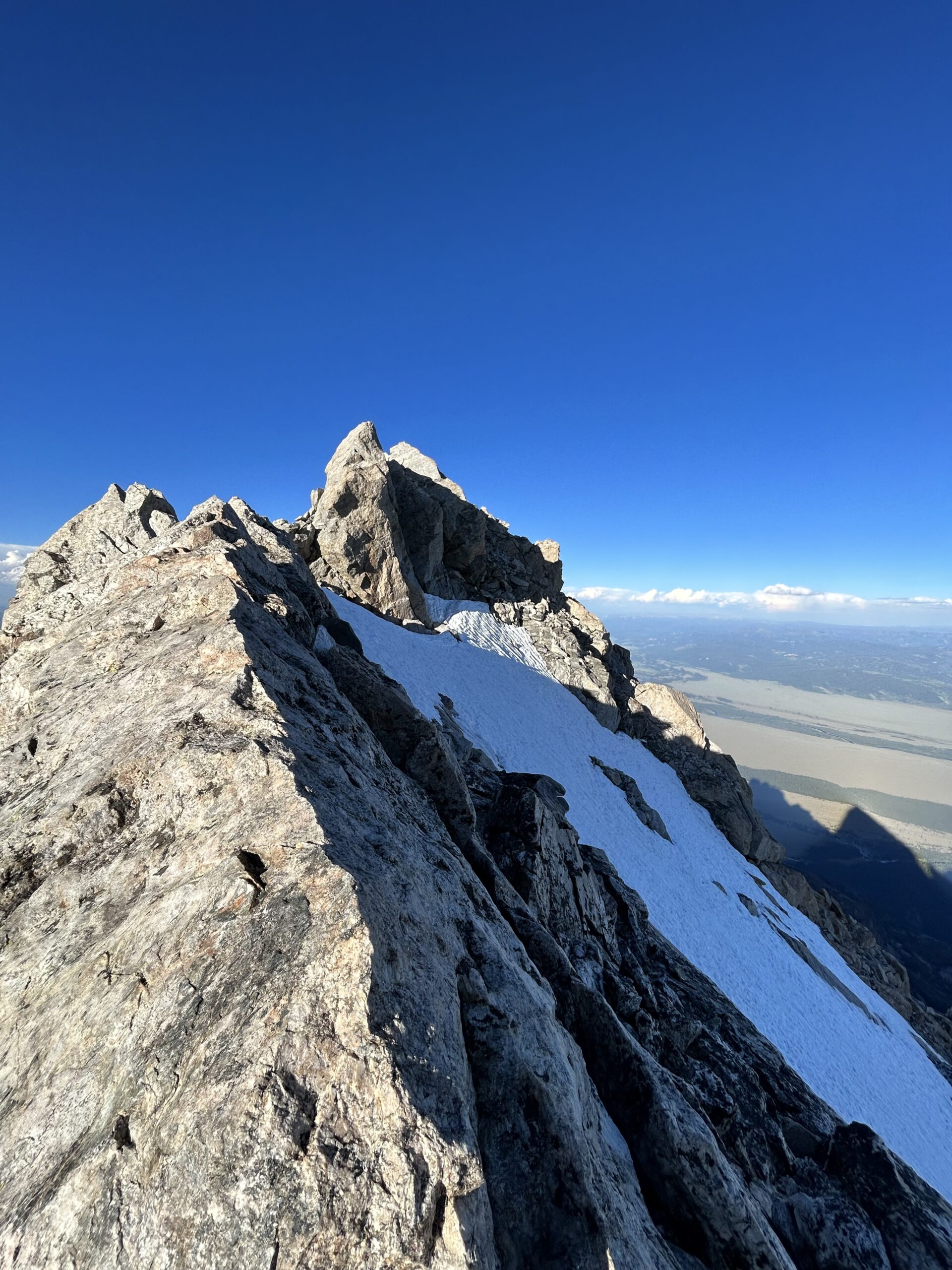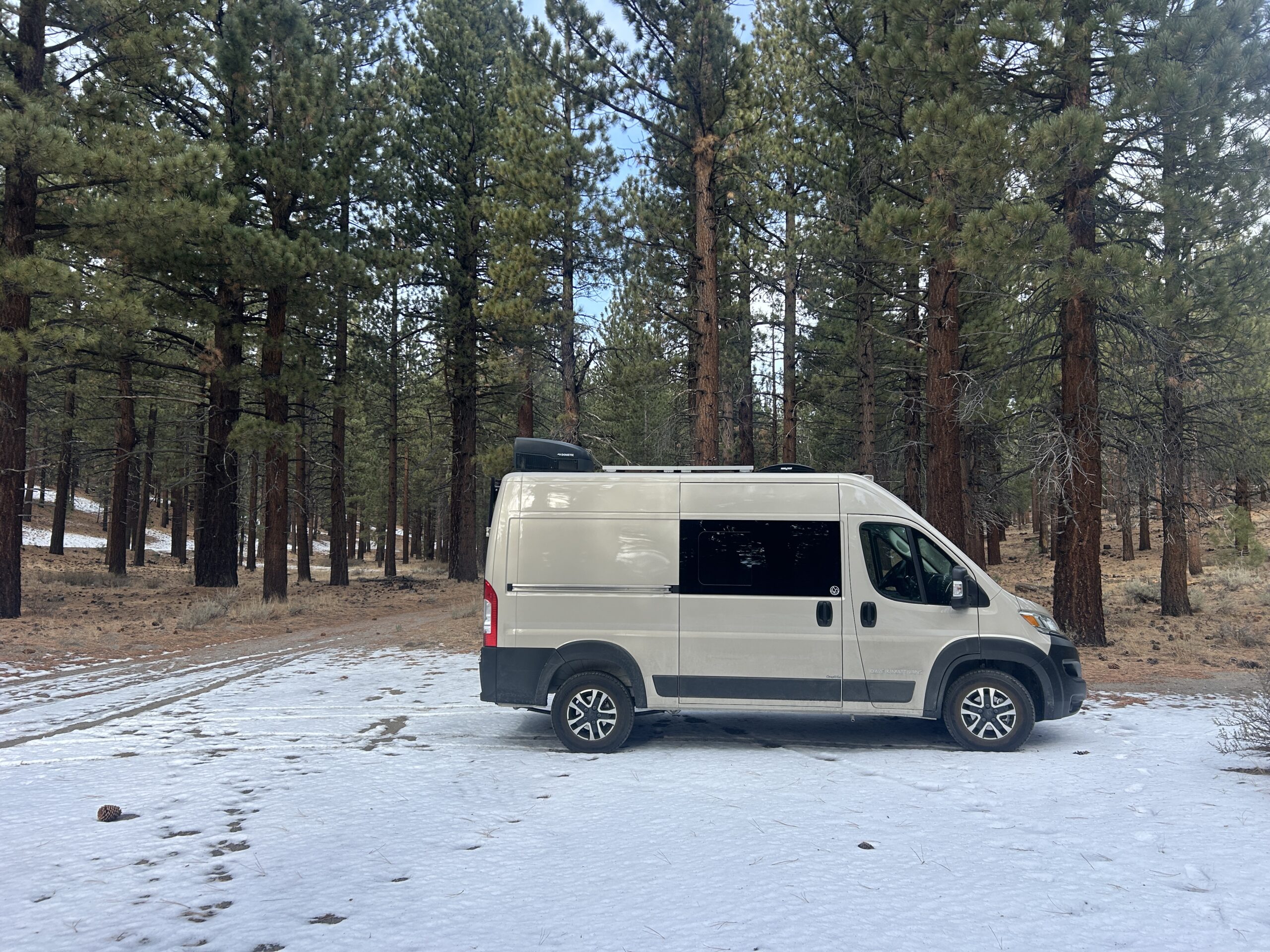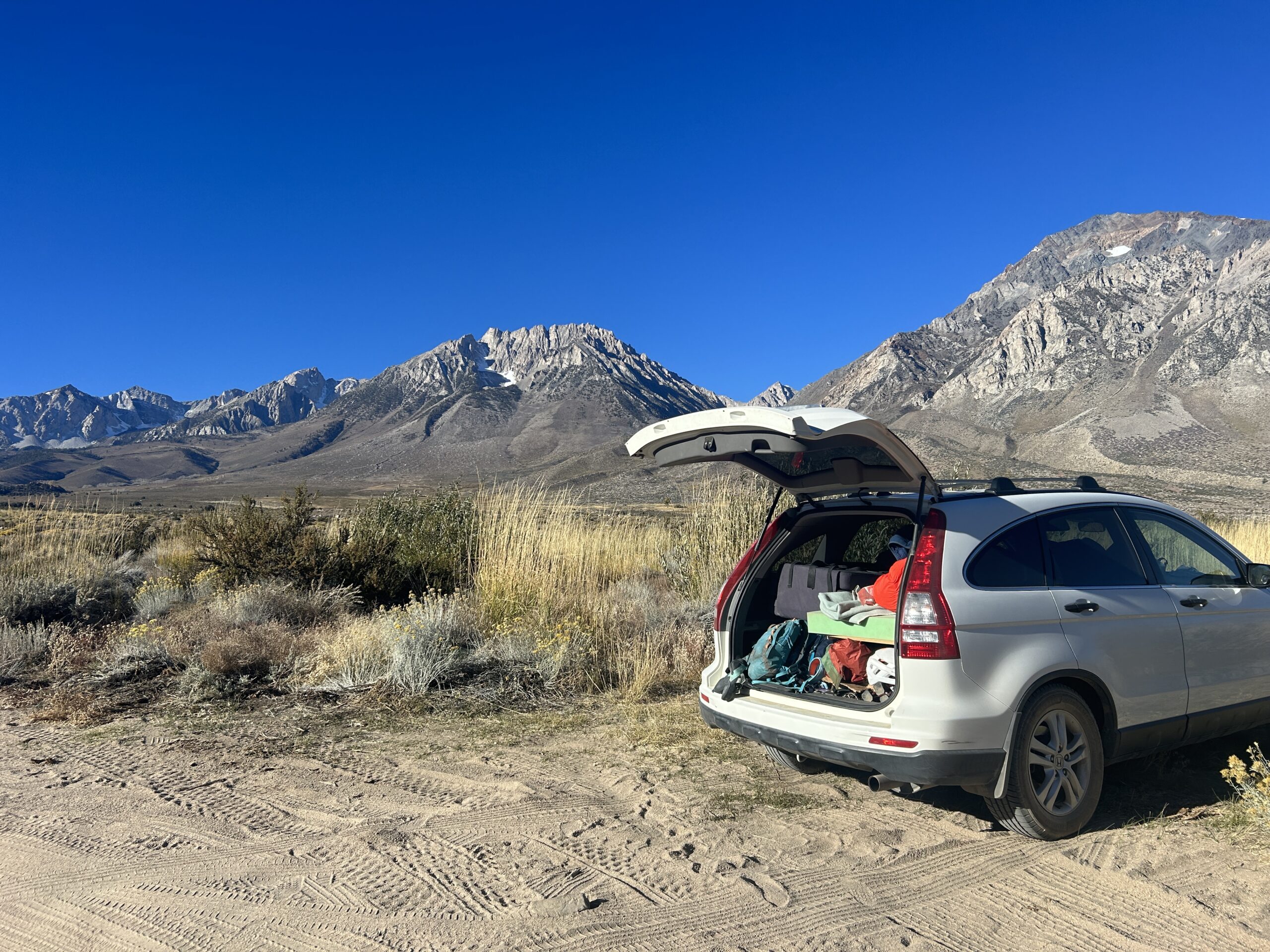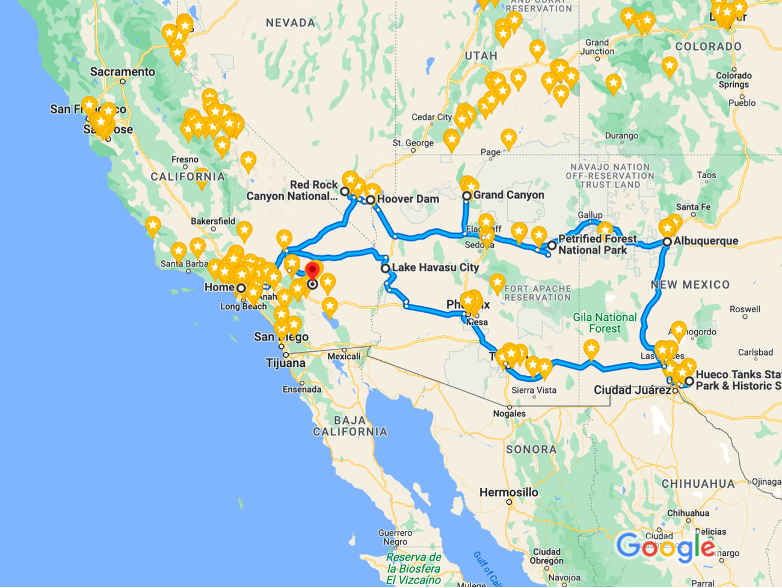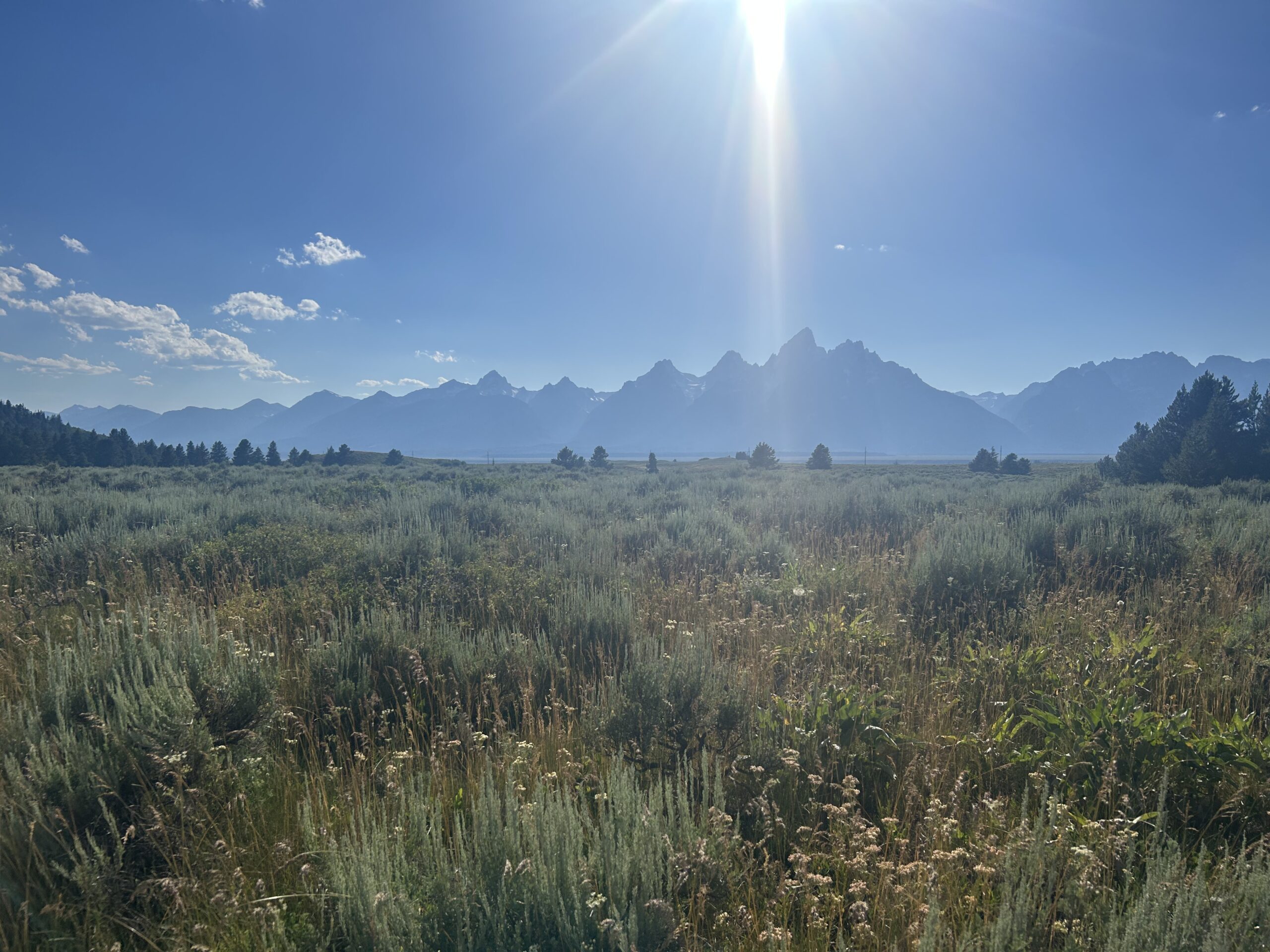It’s official… I’m a #vanlifer now. My time as a “real” dirtbag is done! After a year and a half living out of my CRV full time, I’m in a nice van now.

It’s super comfy by comparison, and I still most of the benefits of being a car-lifer, such as living in deeper connection with nature, a sleep schedule attuned to the sun, and a life organized around getting outdoors. Some things are different, like for example it’s more difficult to parallel park, and gas is more expensive, but I wouldn’t go back because the benefits outweigh the drawbacks for me.
In October, the temps at night started to drop and I was not excited about another winter of “roughing it” in sub-freezing temps without a proper heater.
I really wanted to be able to take better care of myself and have more energy for things besides just existing. I felt I had earned my stripes and it was time for an upgrade, so I started actually figuring out how to acquire a van.

There are two main options when you’re considering van life, and my friends all had opinions. The options are 1) DIY or 2) buy. Within the buy option, you can buy new or used, get one made bespoke, or buy one off the shelf.
It was going to be a trade up no matter what because the CRV life is so basic. My main wish list features for my van were: 1) heat, 2) being able to cook indoors when weather is bad, 3) being able to work and take private calls from my own space.
I did consider a DIY build first, because my bar was pretty low and i have many friends who thought I’d be able to do it no problem. But a big driver for getting a van was giving the ol’ nervous system a break finally… and trying to learn to build a van sounded stressful. After a bit of stress spiraling trying to decide whether to DIY or buy, I made up some math (versus renting) to justify an already built out van purchase.
I started looking for builders. And there are so, so many van builders. For me two big things drove the selection.
First, I was starting to freeze my forehead off in the cold nights, so this was urgent and that pushed me to search for off the shelf, rather than bespoke options. Most van builders had 3 month or longer wait times for custom builds, so it was off the table for me.
A second factor that narrowed conversion companies was that I wanted a brand new chassis for my off the shelf van. I don’t know how to evaluate a used car and it felt overwhelming. Again, a major goal was to relax a bit more and take care of myself… overwhelm was not a good option for me. So, I browsed companies that had new van builds off the shelf.
I was lucky to have found Dave & Matt vans, based out of Rifle, CO. They do quite a bit of volume, and were super helpful throughout the process. They’re used to climber builds, and had everything I needed.
The only thing I really wish I had is AWD for snowy days, but that’s for a future build. I could remove the AC and still be quite happy. I tend to go up to higher altitudes when it’s hot anyway.
Life has a funny way of teaching us things working itself out. I got interested in #vanlife back in 2018 and it was so far from anything I knew personally that it was hard to imagine actually pulling the trigger. I was still trying to fit myself into the box of expectations handed to me by society.

Despite the distance from my personal circumstances back in 2018, I somehow knew van life was for me, even then, from my comfy studio apartment in downtown DC. It turned out my self knowledge was accurate, I just didn’t have the gall to trust my gut and jump off that particular cliff back then. But I do now, and it turns out that van life suits me after all.
